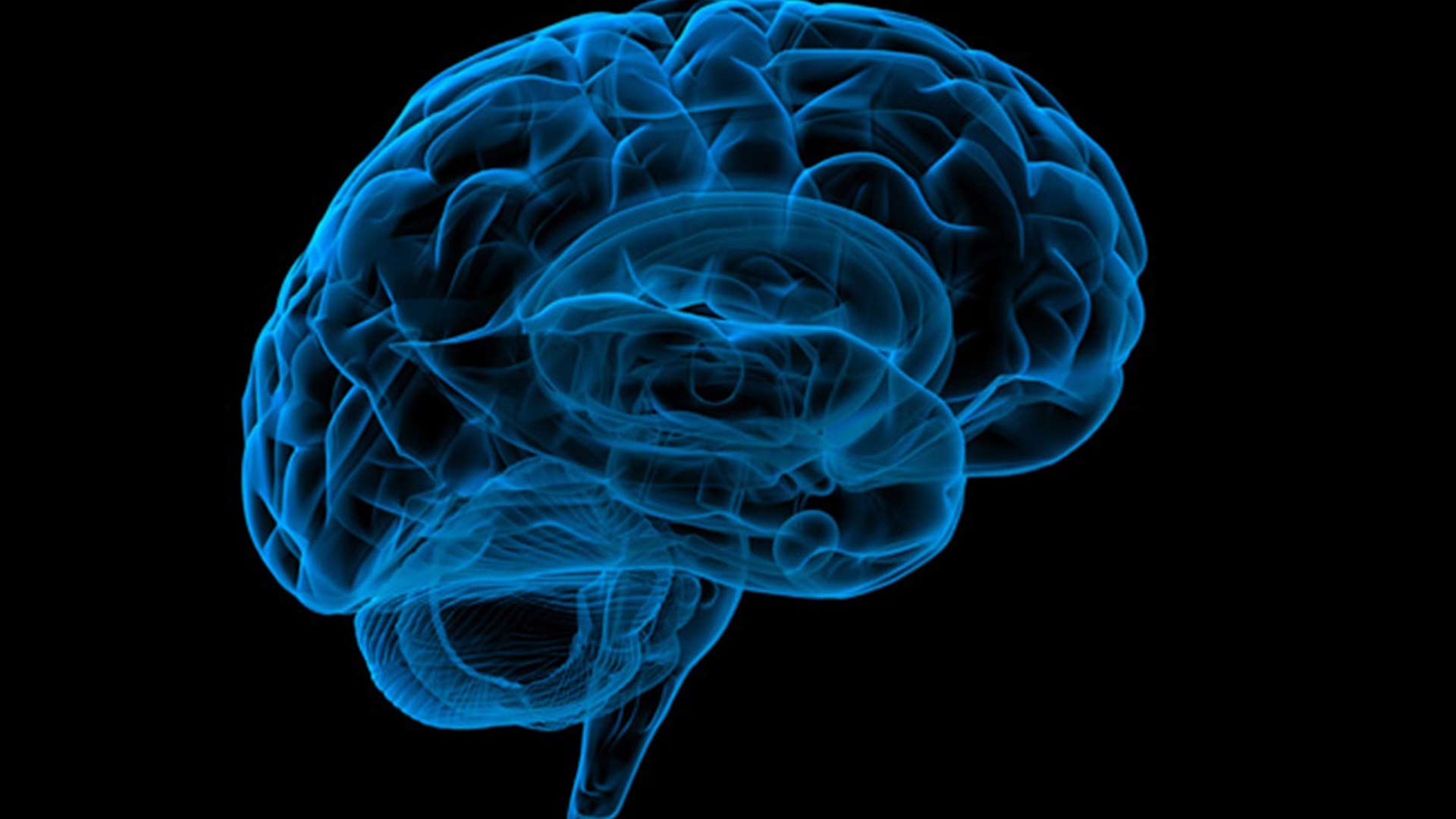You really think doctors are going to read math formulas to try to understand stroke when they don't read and keep up with regular stroke research? What planet do you come from?
Scientist Tries Different Approach to Understanding Brain and Blood Flow
The combination of math and physiology research could help people avoid stroke. Model of the human brain.
Model of the human brain.
Centers for Disease Control
LISTEN
People
facing the danger of stroke could benefit from research by a University
of Arizona scientist combining the fields of mathematics and
physiology.
UA professor Tim Secomb is investigating ways a mathematical model might help physicians improve their understanding of what happens in the brain during a stroke, when the flow of blood to the brain is suddenly stopped.
"So, in that way we can use this mathematical model to test hypotheses on how this process of regulating blood flow works in the brain," he said.
Secomb's research looks at the activity of brain circuits and how they rely on a steady supply of oxygenated blood.
The National Stroke Association counts stroke as the fifth-leading cause of death in the United States. It says some people recover completely from strokes, but more than two-thirds of survivors emerge with some type of mental or physical disability.
UA professor Tim Secomb is investigating ways a mathematical model might help physicians improve their understanding of what happens in the brain during a stroke, when the flow of blood to the brain is suddenly stopped.
"So, in that way we can use this mathematical model to test hypotheses on how this process of regulating blood flow works in the brain," he said.
Secomb's research looks at the activity of brain circuits and how they rely on a steady supply of oxygenated blood.
The National Stroke Association counts stroke as the fifth-leading cause of death in the United States. It says some people recover completely from strokes, but more than two-thirds of survivors emerge with some type of mental or physical disability.
No comments:
Post a Comment